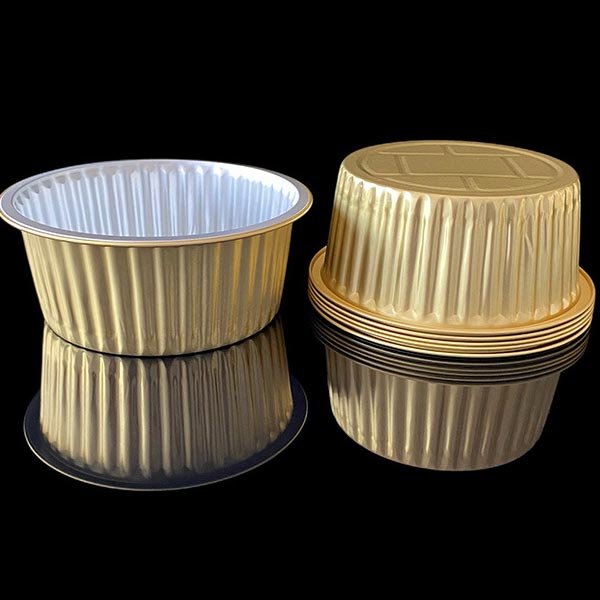In a world where visual appeal and environmental responsibility are paramount, what solution bridges these demands effortlessly? Enter colorful foil containers – a game-changer for industries seeking durability, aesthetics, and eco-conscious packaging. These containers aren’t just vessels; they’re strategic tools for enhancing brand identity while addressing practical needs.
The answer lies in their unmatched versatility. Unlike traditional materials, aluminum-based foil containers offer a unique combination of properties:

From commercial kitchens to home meal prep, colorful foil containers solve critical challenges across sectors. The food service industry reports 40% fewer leaks compared to plastic clamshells, while caterers note a 25% increase in customer satisfaction scores when using color-coordinated foil trays for events.
| Application | Key Benefit | Industry Usage |
|---|---|---|
| Frozen Meal Prep | Prevents freezer burn for 18 months | Meal kit companies |
| High-End Catering | Enables oven-to-table service | Event planners |
| Takeout Packaging | Maintains crispiness for 90 minutes | Quick-service restaurants |
A common misconception persists about metal packaging’s sustainability. However, lifecycle analyses reveal:
Colorful foil containers achieve 92% recyclability rates versus 42% for multi-material plastics. The aluminum smelting process now uses 58% renewable energy in advanced manufacturing regions, with closed-loop systems recovering 99% of production scrap.
Modern extrusion techniques enable previously impossible configurations:
While superior for most uses, colorful foil containers aren’t universal. Acidic foods with pH below 3.5 may require protective lacquers. Microwave-only applications need specialized vented lids. However, 87% of common food service scenarios show measurable benefits over plastic or paper alternatives.
Three sectors are driving market growth:
Proper usage ensures optimal results. Always:
As sustainability regulations tighten globally, colorful foil containers emerge as both compliant and commercially advantageous solutions. Their ability to merge functional performance with brand-enhancing aesthetics positions them as the packaging medium of choice for forward-thinking organizations. The question isn’t whether to adopt this technology, but how quickly one can integrate it into existing operations to reap the competitive advantages.